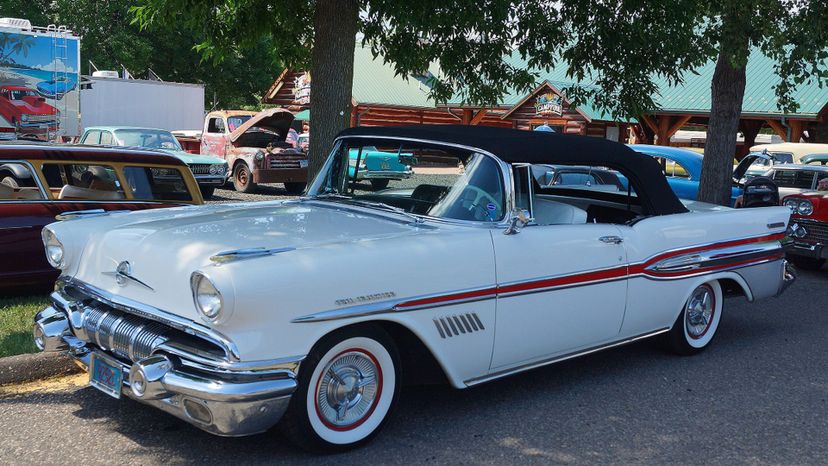
About This Quiz
Can you tell your Cadillacs from your Studebakers? Know the official name of the iconic Volkswagen Beetle, or which car makers were the first to introduce air conditioning, power steering or seat belts as standard features? Take our quiz to see how much you know about these classic cars from the fabulous '50s!
The post-WWII era represented a boom period for America as other countries struggled to rebuild. The '50s were a peak period in American industry, particularly among car manufacturers. In fact, roughly one out of every six working Americans were employed in the automotive field by the start of 1960.Â
This golden period saw the Big Three continuing to expand, while independent companies like Hudson, Packard and Muntz rose and fell. The '50s also represented a time of staggering innovation in automotive technology, from seat belts and air conditioning to power brakes and steering to the fine tuning of the powerful V8 engine. A booming economy meant plenty of potential car buyers with enough disposable income to ignore fuel efficiency in favor of some of the largest cars ever built.Â
Think you know all there is to know about the greatest cars of the '50s? Take our quiz to find out!

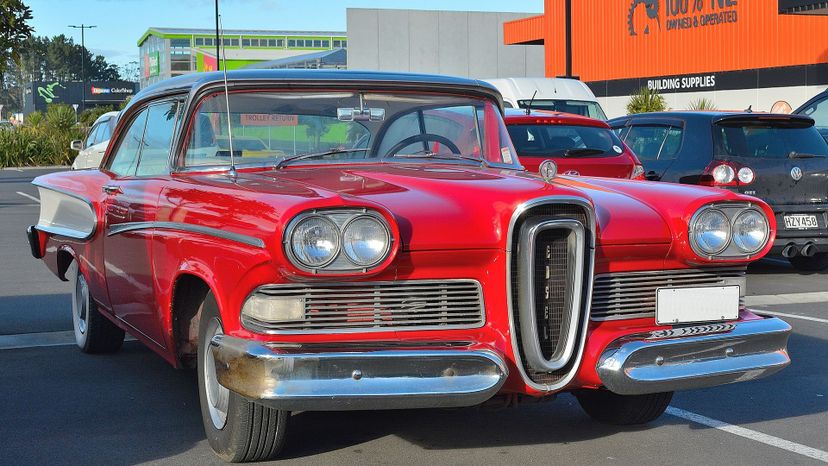
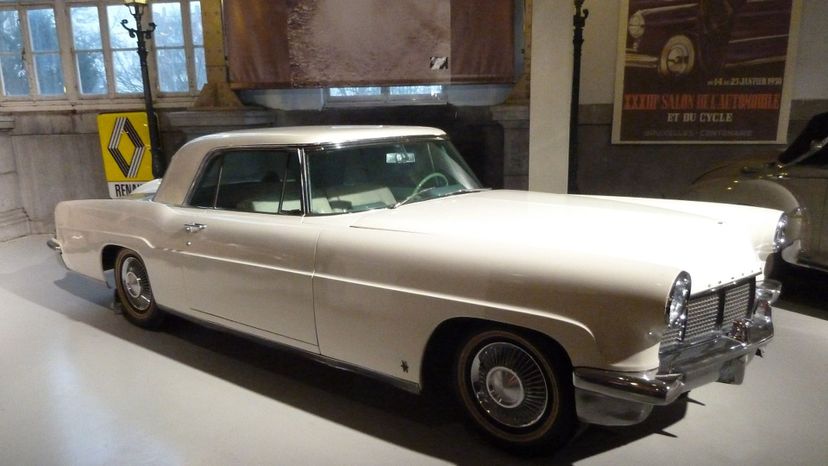
Advertisement
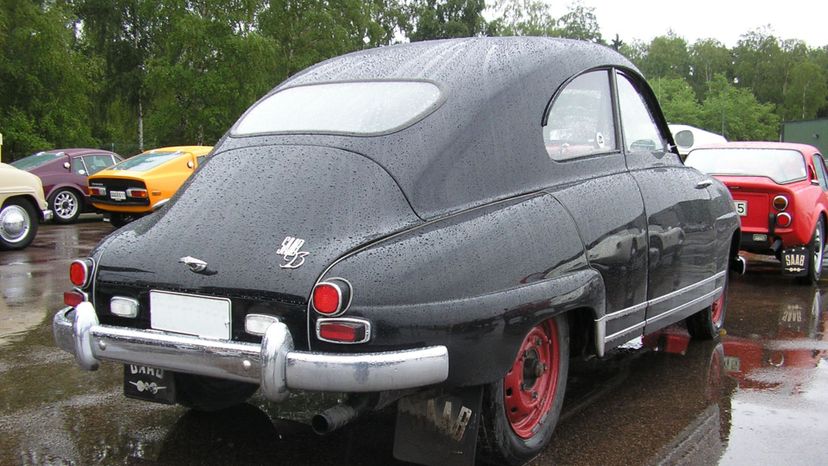
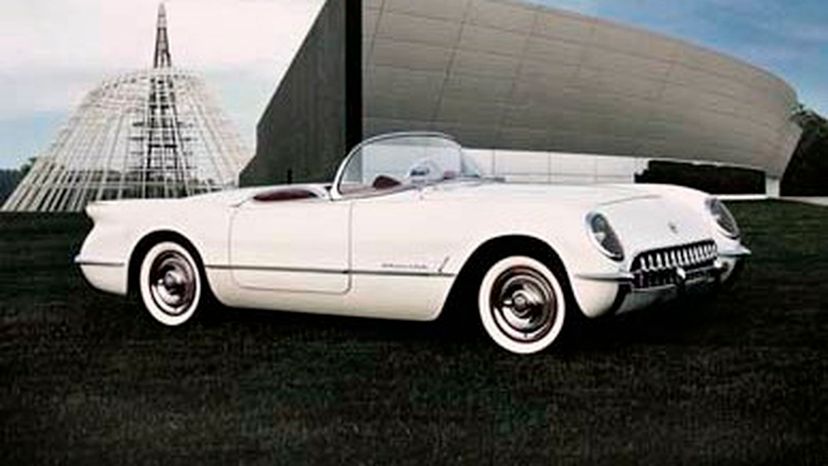
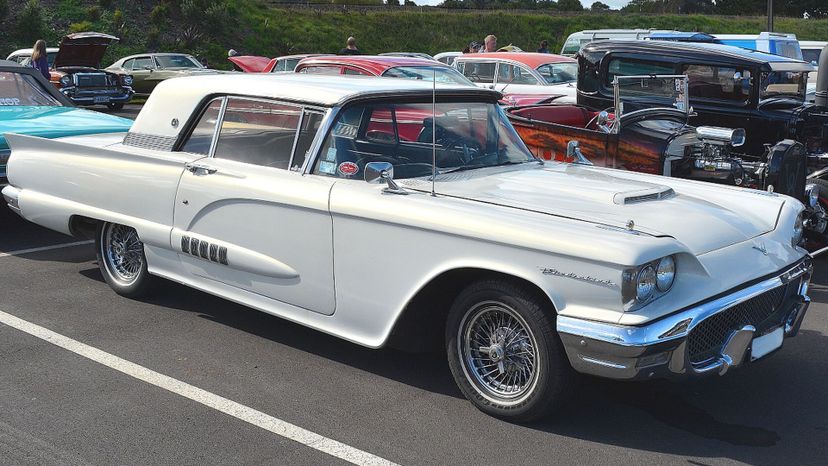
Advertisement
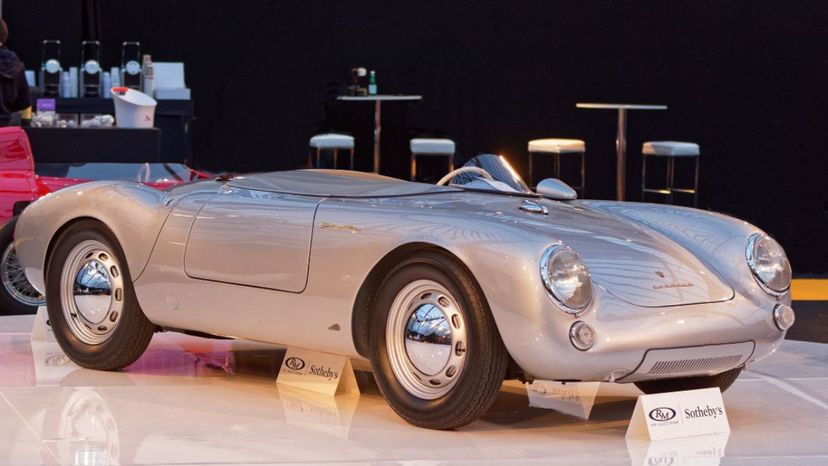
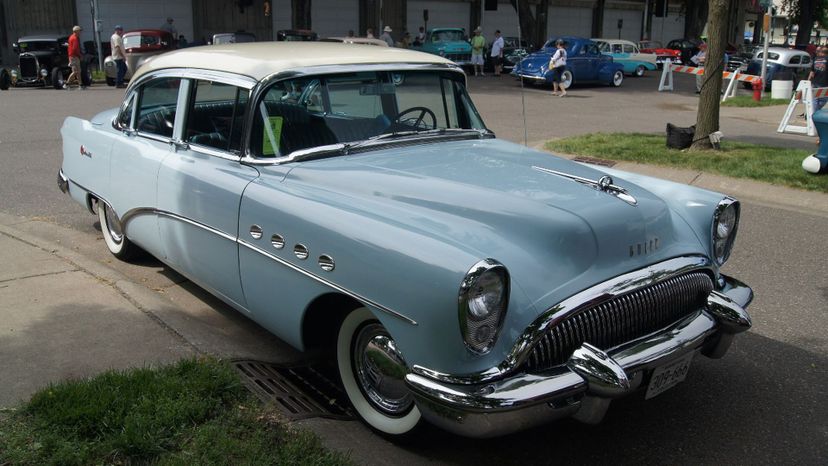
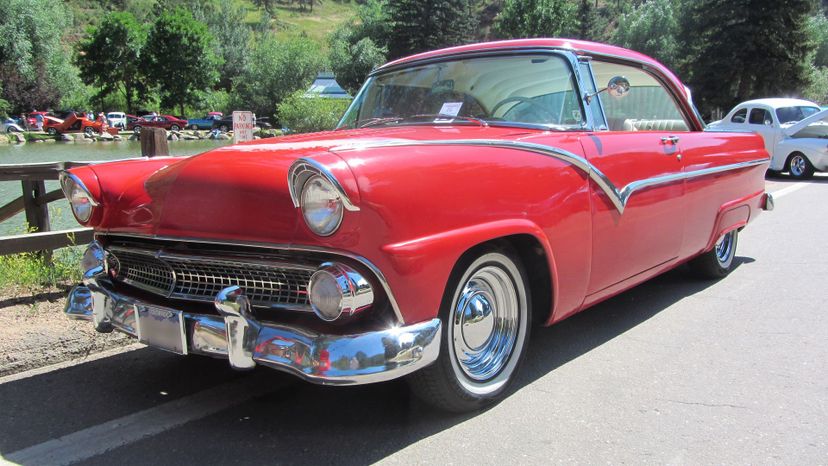
Advertisement
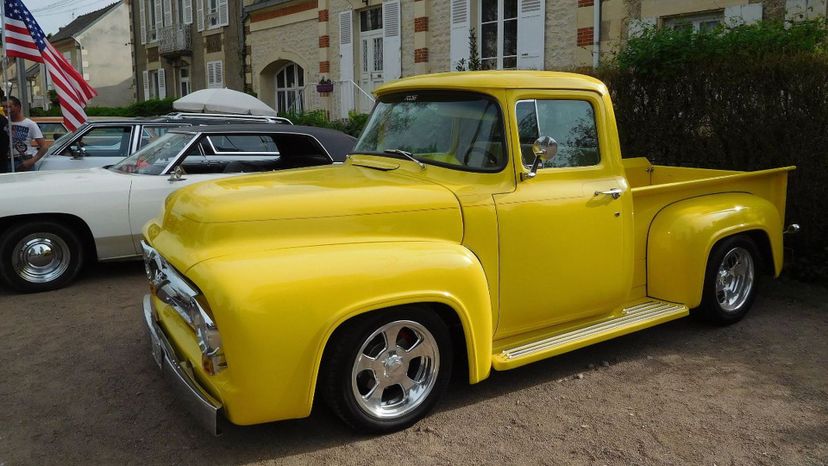
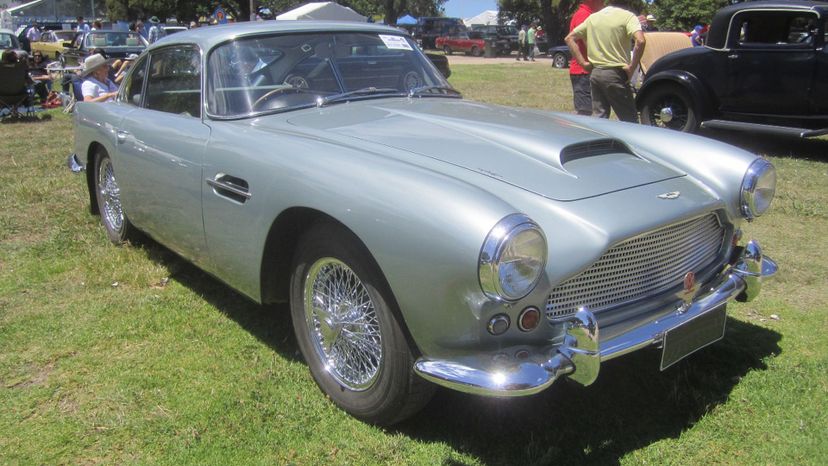
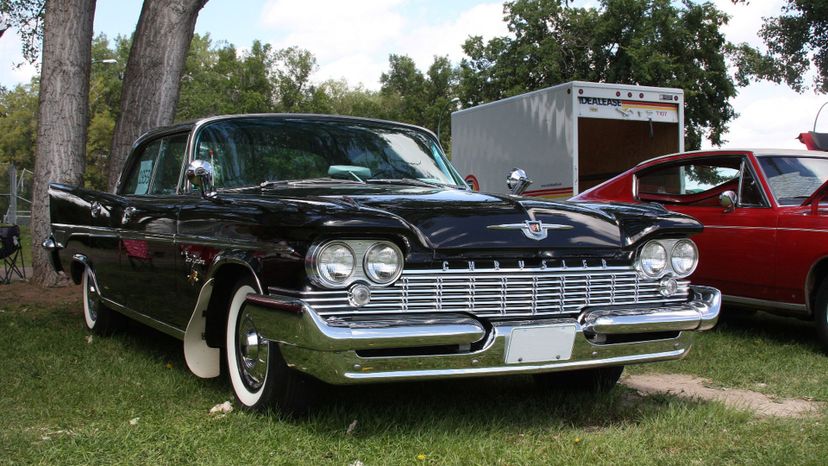
Advertisement
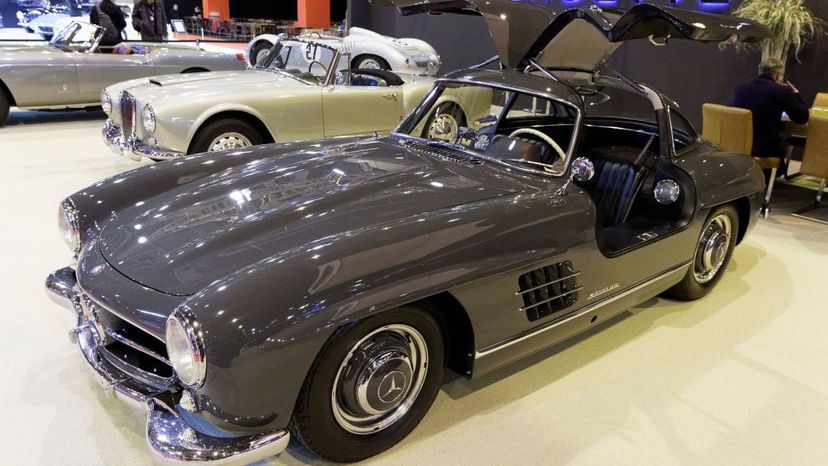
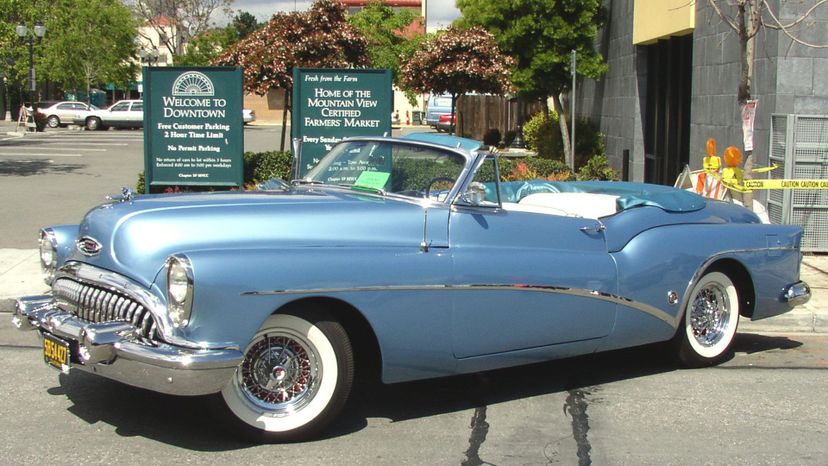
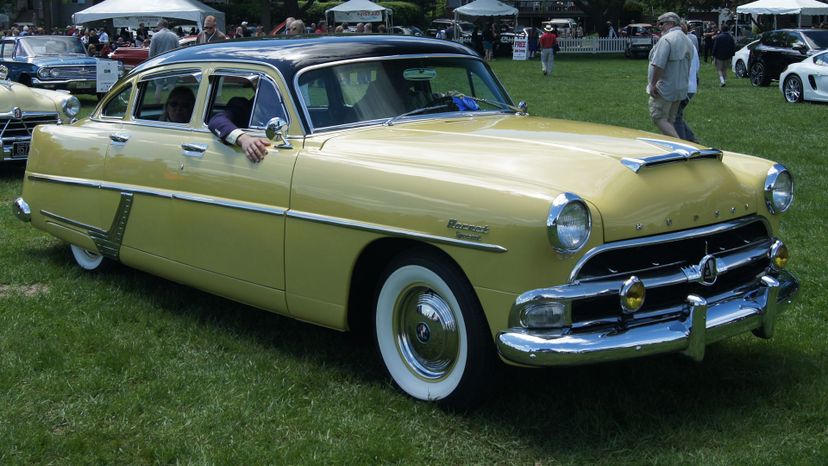
Advertisement
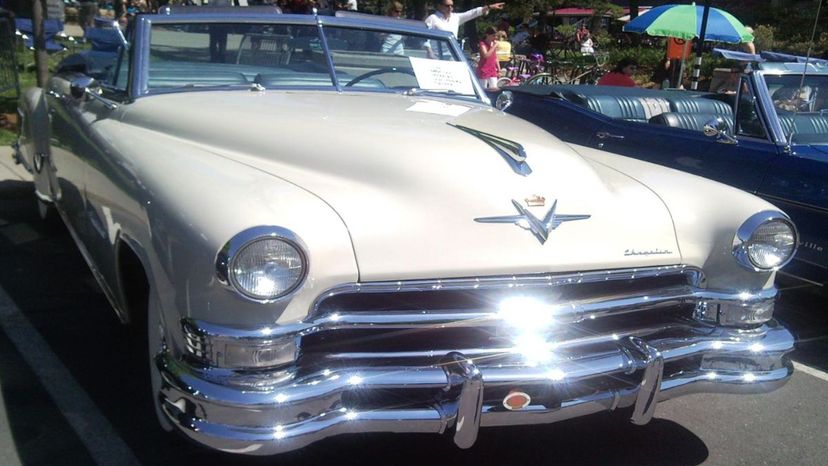


Advertisement
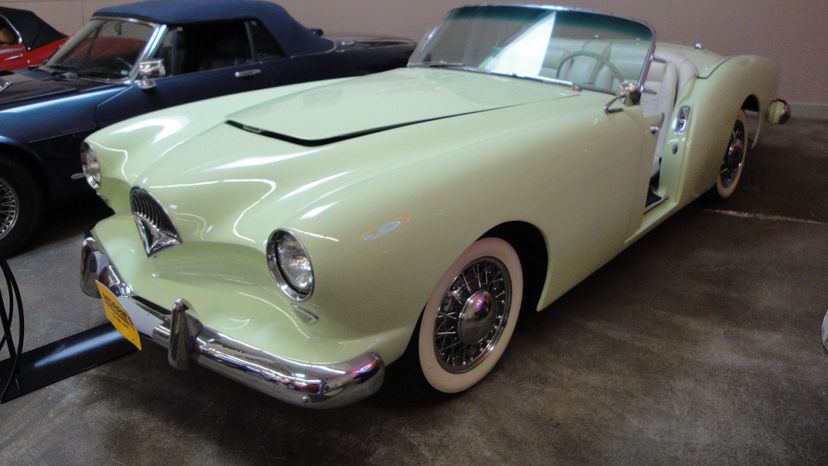
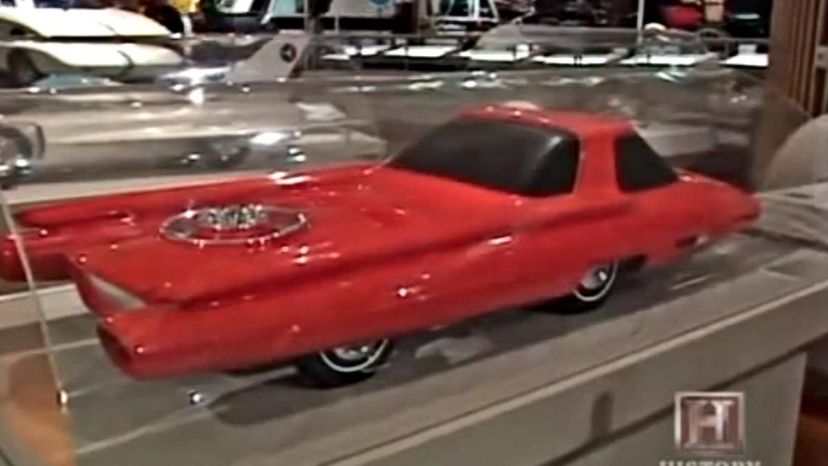

Advertisement
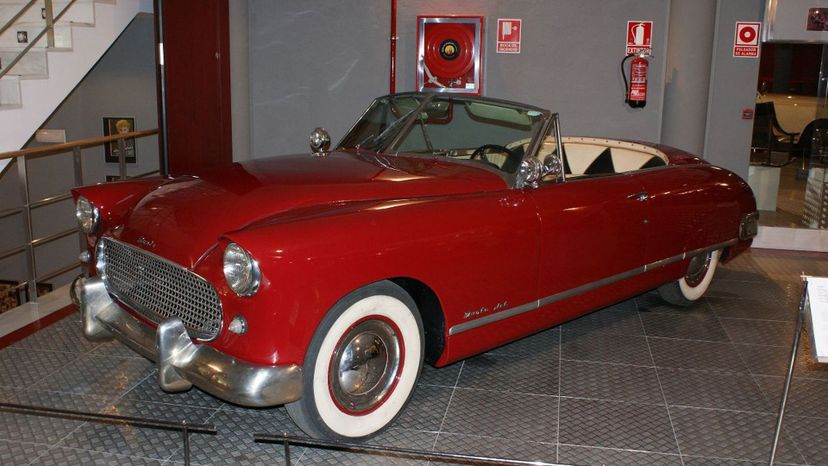
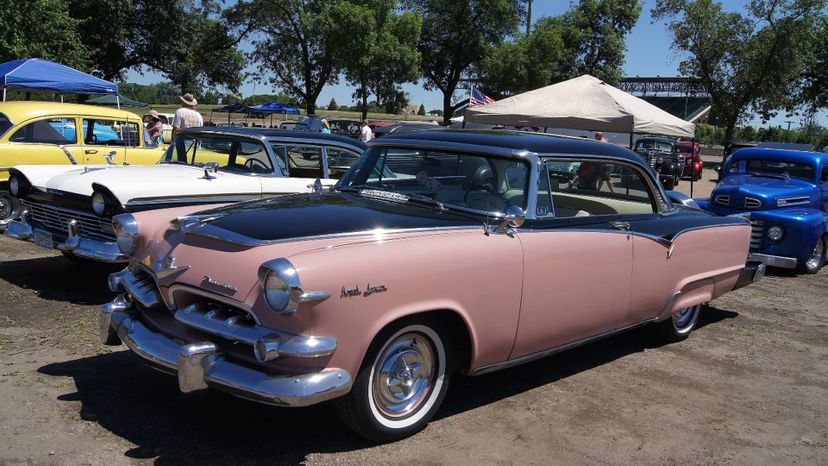
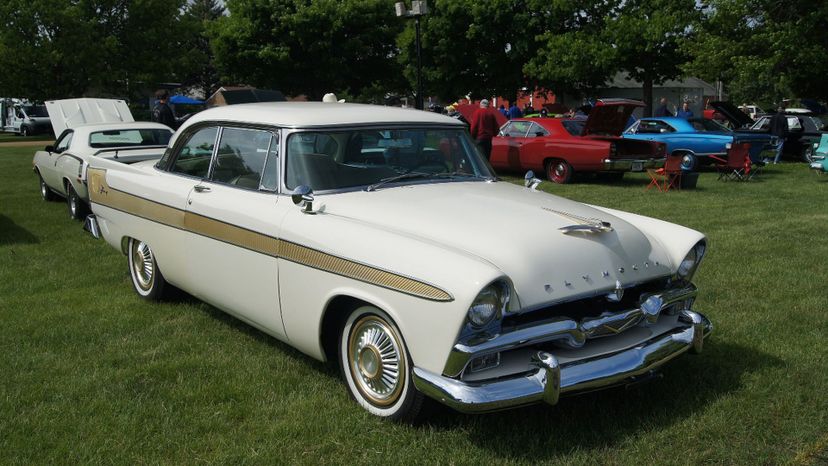
Advertisement
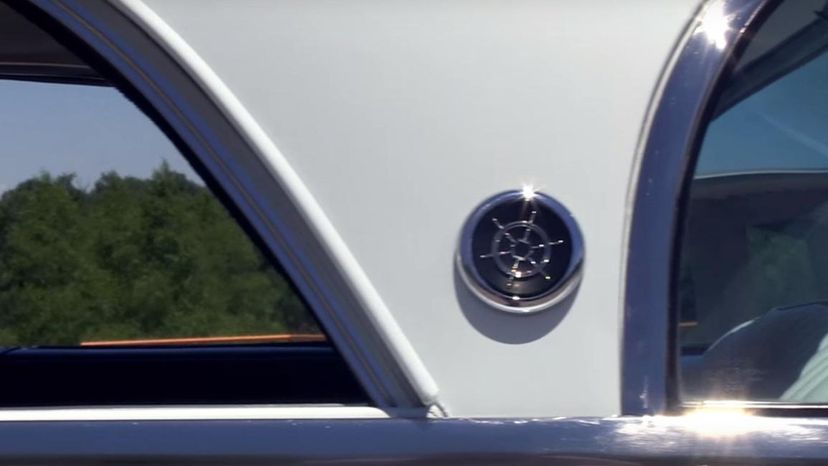
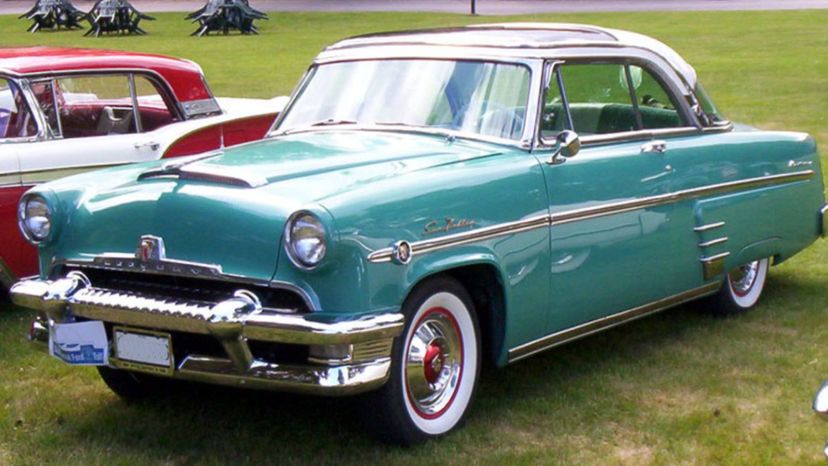
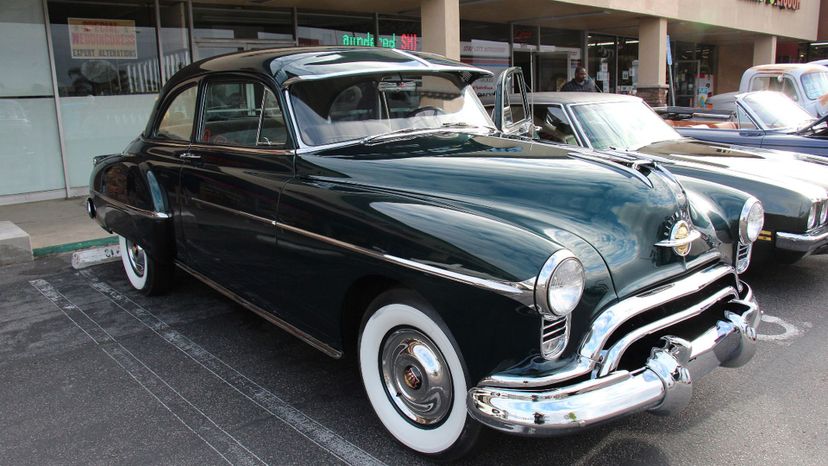
Advertisement
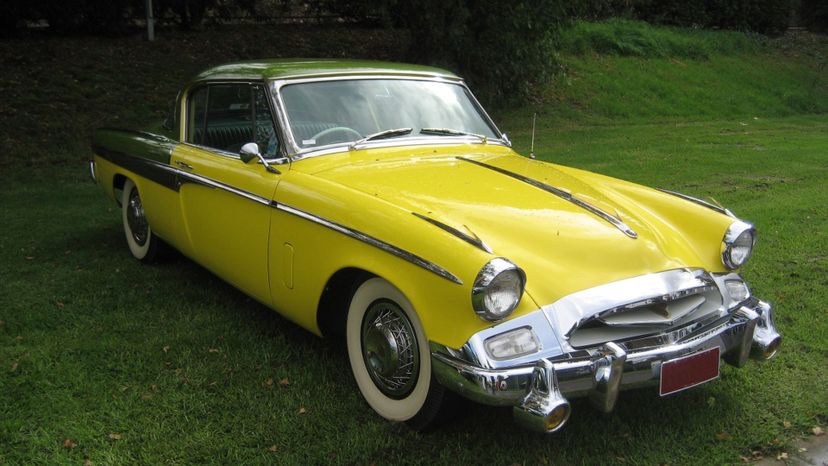
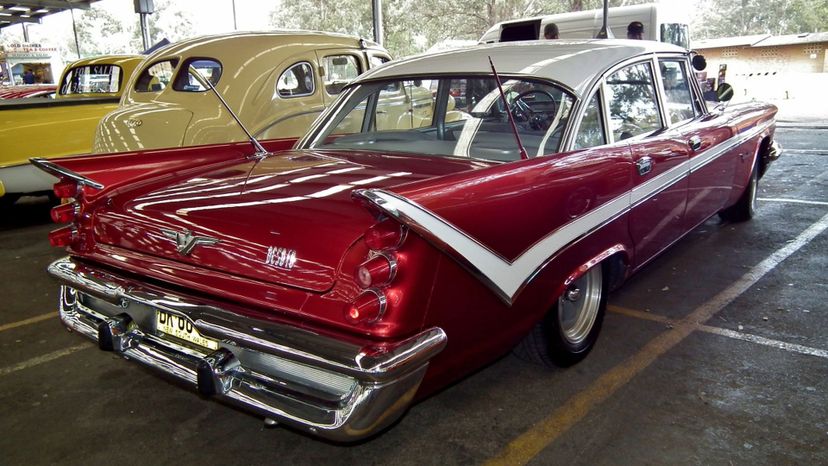
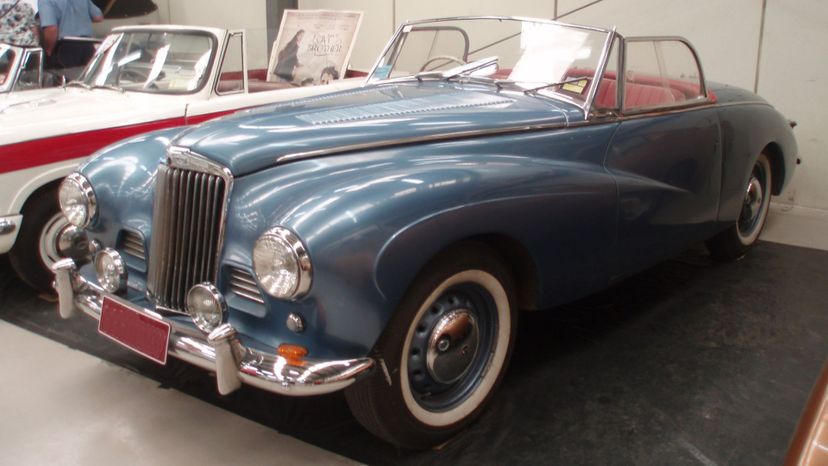
Advertisement

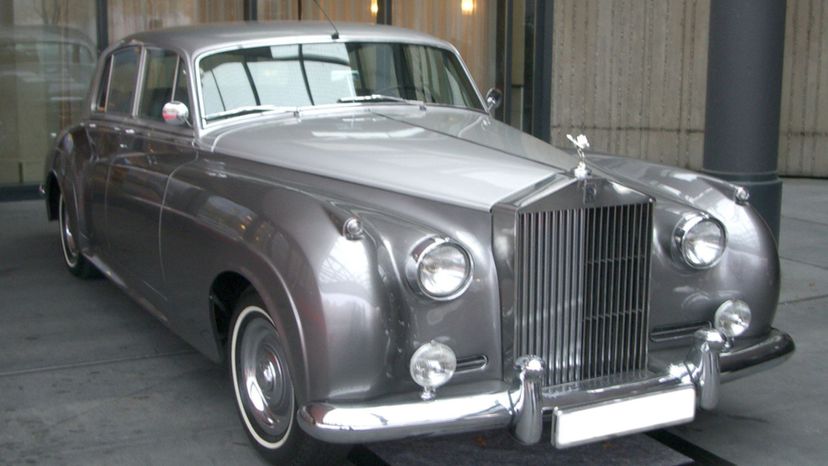
Advertisement
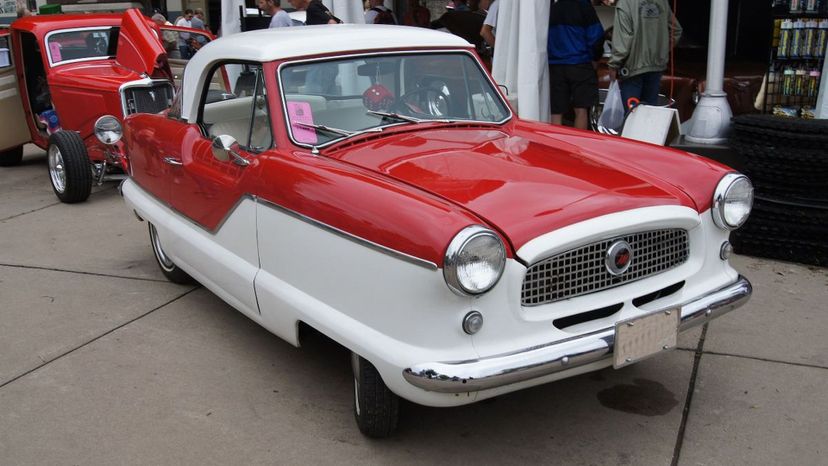
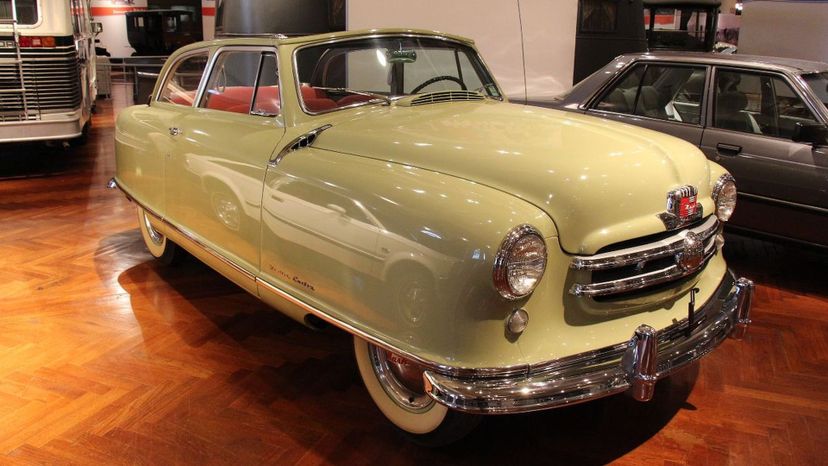
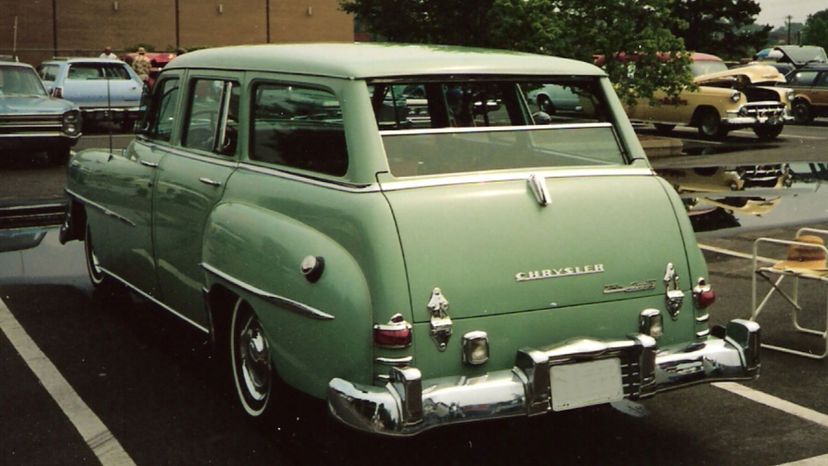
Advertisement
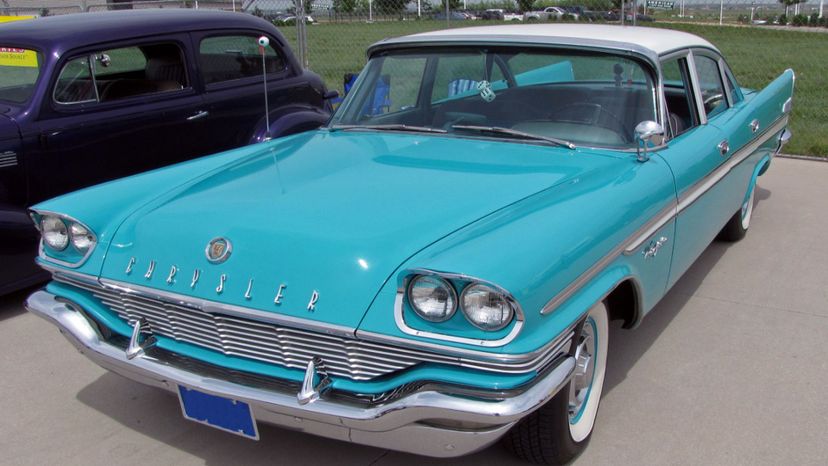
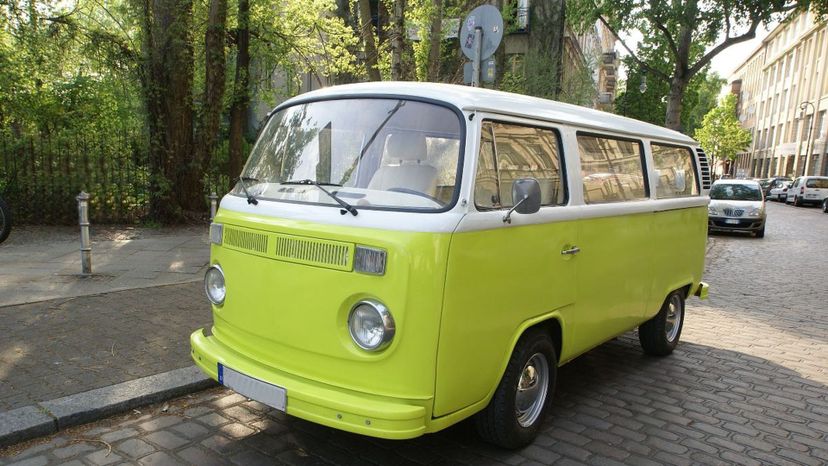
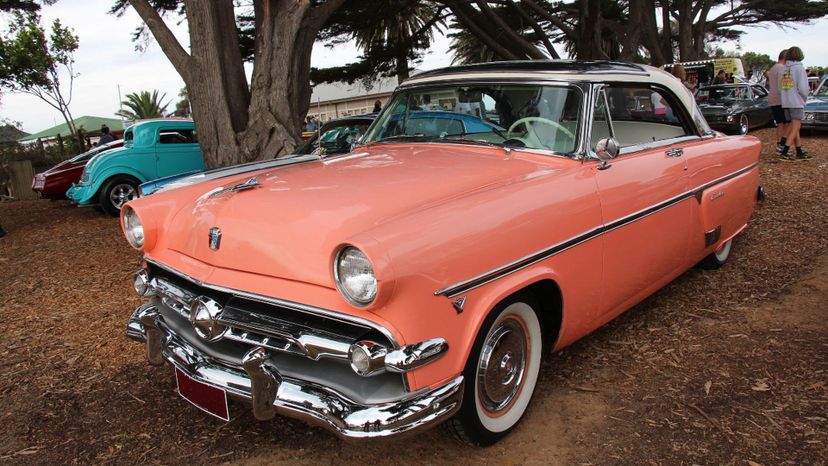
Advertisement

